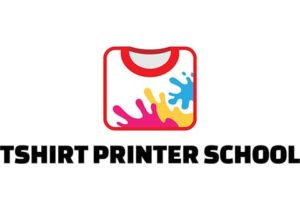Many of our customers ask how to price t-shirts for retail. Pricing is an important part of running a successful t shirt business, but there are many factors that go into how you set your retail price. One of the most common questions we get asked is how much profit margin should be included in pricing – what’s the magic number?
We recommend aiming for a 50% gross profit margin percentage on each shirt sold. This will help ensure that you’re able to cover all costs and still have some leftover afterward! It’s also important to consider if your brand is about quality or low prices. Your printing technique and customer approach play an important role as well.
With all that said the total costs are just one piece of the puzzle. If you don’t read any further keep this thought in mind. Pricing t shirts is not really about the numbers. It’s about the psychology of your buyers.
With all these factors to consider it’s obviously not as simple as just slapping a price on a shirt and calling it a day. Don’t worry though. If you follow our pricing tips you’ll find yourself getting paid well in no time.
Determine the profit margin percentage that’s best for your business up front
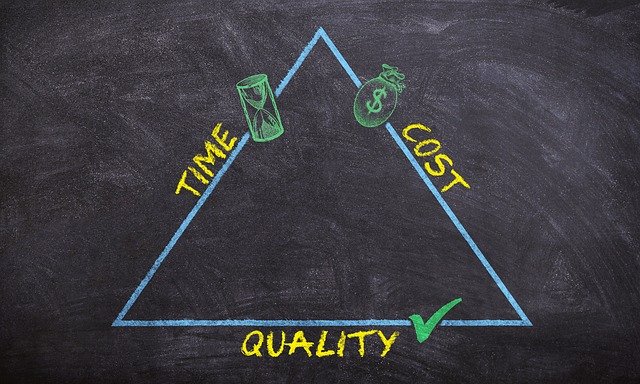
Before we dive into how to price your t-shirts for retail, let’s first discuss profit margin. The profit margin is the percentage of each sale that goes towards profit. In order to determine your selling price, you’ll need to know both your total cost and your profit margin.

Custom t shirt pricing is easy with this simple formula so don’t fall for people telling you you need a t shirt pricing calculator. As long as you actually account for all the costs to produce a shirt you can find your selling price. Some things to consider:
- The cost of your ink – Ink can be expensive, some people even get custom ink, and some vendors will change the prices for different ink colors.
- Transfers – Is this a one-off design t shirt? How many do you plan on selling?
- Shipping – Are you offering all inclusive pricing? People don’t like paying for shipping, but it’s easy to forget the impact it has on your sales.
- Your time – From the second you start designing a t shirt you’re giving your time, and it’s worth something. Don’t charge so little you are effectively making less than minimum wage.
Don’t let hidden fees drive up your t shirt cost.
Low prices don’t always sell better
Now that we know how to price t-shirts for retail, it’s time to dive in. There are a few things you need to remember when pricing your shirts.
The first is that not all customers shop based on price. Just because you’re selling a shirt for a lower price doesn’t mean that more people will buy it. In fact, sometimes people see those low prices as an example of poor quality and don’t want to buy.
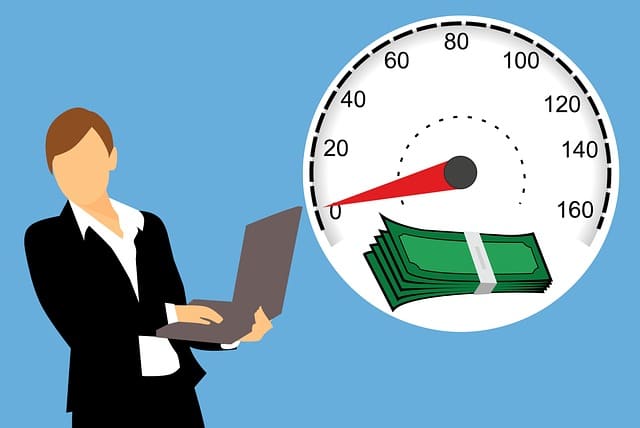
For this reason, it’s important to find the right balance between price and quality. If you offer high-quality products at affordable prices, you’ll be able to attract buyers who are looking for good value without sacrificing quality. However, if you sell cheap shirts made of low-quality materials, you’ll run into problems with returns and unhappy customers.
When you’re dealing with low-quality materials and selling prices, it’s tempting to think that the more shirts you sell, the greater your profit will be. However, by lowering your product price to sell a higher quantity, you may make more money, but you take on more risk. People are more likely to make returns which your razor-thin margins might not make up for.
This is particularly important when trying to retail premium designs on non-premium products. Selling at premium pricing will be very hard when customers complain about how thin their shirt feels after only one wash!
Use Quality materials and your brand can stand behind your product and the selling price.
The most common mistake we see from designers comes in not accounting for the desires of their buyers properly before setting selling prices. For example, some people assume that by using a lower-cost blank shirt they’ll be able to significantly reduce production expenses and pass those savings onto consumers through cheaper t-shirt sales. This is the wrong approach to take in most cases.

People like a GOOD deal, not a cheap one. Most people will see an extra cheap price and assume it’s an extra cheap product, and move one.
Many people like buying premium products for a number of reasons, but it boils down to quality. For us, this was a major deciding factor for us. We like being able to stand behind our product and are proud when we get comments back from our buyers.
We have run some significant testing and found we didn’t really see reduced sales when we raised prices due to putting our designs on quality shirts. We kept our margins the same and people didn’t seem to have a problem when asked to spend extra money. In fact, we believe we have happier customers now and are more proud of what we do.
Use wholesale price drops to increase your margin and lower your price on custom t shirt pricing
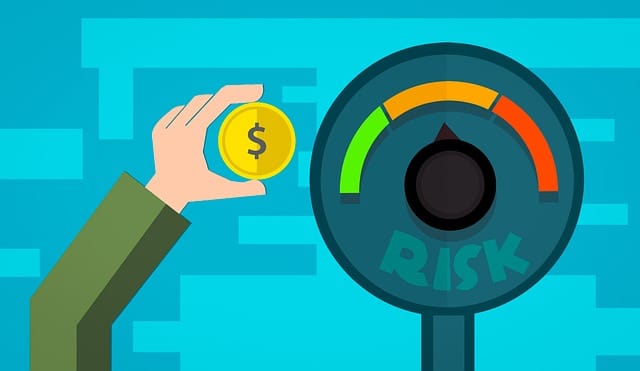
Wholesale pricing is simple on the front end but can get a little complicated. Basically, you can save on your costs when you purchase a large quantity upfront. But purchasing a large number of t shirts can get you stuck with inventory you can’t use right now. This goes for shirts, and for transfers, you use with your heat press. When selling your own designs you have to factor in how fast your shirts might sell.
With custom t shirts, we suggest you align your selling prices with your price breaks.
For example, if you have a price break from the wholesaler at 50 shirts, factor that into your retail price for your custom shirts. People will often try to buy enough custom t shirts to get to that lower price. This takes advantage of a marketing strategy we discuss in our 14 Strategies for Marketing T Shirts You Shouldn’t Ignore article.
Psychology of Pricing Sweet Spots

When it comes to price, there are a few sweet spots that you should consider. The first is the psychological sweet spot, which is the price that makes people feel like they’re getting a good deal without being too cheap. This sweet spot will vary depending on your product and your market, so you’ll need to do some research to find out what it is.
The second sweet spot is called the affordability sweet spot. This is the price point where most people can afford to buy your product without stretching their budget. Again, this varies depending on your product and your market, so you’ll need to do some research to find out what it is.
Once you know these two sweet spots, you can use them to determine your selling price. For example, if your sweet spot is $20 and the affordability sweet spot is also $20, then that’s a great price point to start from!
The power of .99 in your price.
One last sweet spot I recommend is to price your products at $.99, or very close to it if possible. This will help you make more conversions because people are conditioned to stop and pay attention when they see prices like .97, .98, etc…
Even though the difference between $19.94 and $20 may seem negligible to us as consumers (even less so with digital items), that small psychological difference makes a big impact on buyer behavior!
One reason for this behavior is we read from left to right, and our brain identifies patterns very quickly. When we see a price like 19.99 we think of it as closer to 19 than to 20. If you identify what people can afford, and where they feel like they are getting a good deal you can place your price just a few cents below to see significant sales increases.
Use anchor pricing when you price your t shirts
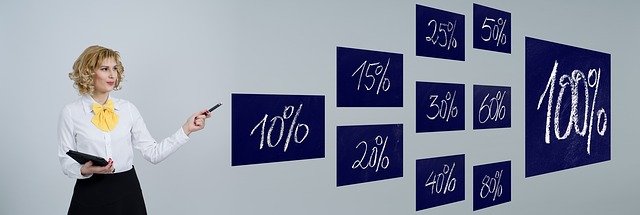
This one works really well when selling online. One of the best ways to find a good price for your products is by using what’s called “anchor pricing.” The idea behind anchor pricing is that companies list their prices next to competitors’ so that customers can see how much they’re saving when buying from them instead. However, this same tactic works just as well even if you don’t have any competition!
All you need to do is look at other companies in your industry and use one of their prices as an anchor point. For example, let’s say we wanted to sell t-shirts online but had no competitor whatsoever—we could still pick a random company selling similar shirts, take their most expensive shirt and compare ourselves to that shirt on our website. By doing this, we essentially turn our shirt into a new version of that product and use them as an anchor point to sell ours at the same (or even higher) price!
Automatically discounting your own t shirt
People do this with their own products by marking a shirt at a higher price, and immediately discounting it. Be careful not to do this on all of your shirts. People have become trained to spot this, and if they realize your price is ALWAYS the lower price they will be less likely to trust you.
Pro Tip 1: Anchor pricing can be used with other methods.
Combine anchor pricing with limited-time offers to create a must-buy situation.
Pro Tip 2: Skip the Dollar Sign:
Pricing analysts have discovered people identify painful spending with dollar signs. By simply not having the dollar sign next to your price you should see an increase in sales. Even typing out the word dollar can have the same effect.
Pro Tip 3: Advertise in increments
People tend to buy the quantity recommended, even when there isn’t a price decrease. For example, if you advertise 3 shirts for 60 dollars, people are more likely to buy 3 shirts. If you add small savings you’ll be taking advantage of the anchor pricing we just discussed.
These pricing strategies really work
The most important thing to know about pricing is that it’s really not just about the numbers. Sure, you have to take into account what your competitors are charging and how much work goes into producing whatever you’re selling before settling on a price point–but there’s so much more than just math involved in making sure that people buy from you instead of someone else. That being said, if you want to increase sales by understanding your customers better, then start implementing these proven pricing strategies today!
